This article was co-authored by Iddo DeVries, MA-SLP. Iddo DeVries is a Speech-Language Pathologist and the Owner and Clinical Director of Speech Therapy of DV Therapy, Inc. based in Los Angeles, California since 2014. Focusing on dynamic therapy for individuals and their families, Iddo specializes in family training and speech therapy for disabilities and delays including, autism, late-talkers, PDD, specific language impairments, articulation and phonological disorders, auditory processing delays, stuttering, pragmatic and social delays, Verbal Apraxia of Speech. Iddo holds a BS in Speech Communication Sciences from Brooklyn College and an MA in Speech-Language Pathology from Adelphi University. In 2011 Iddo was awarded the outstanding achievement award in the field of speech therapy by the New York City Department of Education. He has been an active member of the nationally accredited speech board ASHA since 2006.
There are 9 references cited in this article, which can be found at the bottom of the page.
This article has been viewed 37,588 times.
Many autistic children are visual thinkers and learners. This aspect of their disability can be tapped to help them communicate and express their feelings. Visual communication is done mostly through pictures, drawings, colors. Therefore, visual cues such as pictures and colors can be used to create a learning system for the child, helping them to pick up words and concepts and develop basic skills. The goal of these activities is to encourage the child to develop stronger communication skills.
Steps
Creating a Visual Learning System for the Child
-
1Work with one single color at a time. It can be difficult for some autistic children to learn about colors, as they find it hard to make associations. If the child is surrounded with many items of a similar color, this can be very confusing for them.[1]
- Start with one single color at a time and its shades. Keep three pictures in front of the child to show them the difference between light green, dark green, and regular green. This way, they will be able to learn that there are different shades of the same color.
-
2Try to avoid overwhelming the child by giving them too many choices. A lot of choices can easily make an autistic child confused about what to choose.
- In terms of colors, it is very easy for the child to become confused if they are asked to choose a color from a broad range of options. Try to limit the child’s choices so that they feel confident about what color they are supposed to pick.
- For example, if you want them to choose red, place a different color (e.g. blue) on the desk, and then ask which color is red. This will prevent them from getting confused by colors that are too similar.
Advertisement -
3Work with the child to find the right teaching speed. Many parents and teachers make the mistake of taking the learning process too slowly. Pay attention to how quickly the child seems to grasp a new concept by themselves, and avoid giving them overly long verbal explanations.[2]
- If a child is just given one thing for a very long time, they might get bored and stop responding to it in the way they are supposed to, even if they know what the right answer to the question “what is this color?” is.
- Try to keep up an average learning pace, do not exasperate the child by asking them the same question over and over again. Pick a color for a week and ask them to recognize it no more than twice a day. Encourage the right answers by reinforcing the child with praise and rewards.
- This way, the child's interest in the subject will stay intact and they will know that something new is coming up each week.
-
4Make sure that everyone involved in the education of the child knows the visual cues that the child is used to. Everyone involved with the child in various capacities—be they parents, siblings, counselors, therapists, or teachers—should use the same teaching methods and procedures. Scheduling meetings between people working with the child is a great way to make sure everyone is on the same page.[3]
- This prevents the child from becoming confused by multiple different learning methods. This is important, as confusion may cause an autistic child to become anxious and frustrated.
- The procedures that are followed in a school setting should be applicable to a home setting and vice versa.
-
5Be aware that some children may have a strong reaction to certain colors. Some autistic children may have strong preferences when it comes to colors. These strong feelings of like or dislike might interfere with their learning.[4]
- For instance, sometimes the presence of a particular color in a picture—no matter how subtle it is—can bother a child and prevent them from comprehending the picture as a whole.
- Therefore, it helps to understand the child and their individual preferences before you present them with too many colors. Until you’ve identified the child's preferences, colors should be kept simple and used one at a time. In some instances, using black and white pictures is the safest option.
Helping the Child Associate Visual Cues with Words and Concepts
-
1Work on word association with the child. It can be harder for autistic children to read and remember words than it is for them to remember something that they have heard. Pictures can help autistic children to remember a written word and also to remember a word that they have heard.[5]
- For example, you could write the word "sun" on a flashcard while showing them a picture of a bright yellow sun at the same time. This allows them to make an association between the picture and the card.
- Flashcards can also be used to teach autistic children verbs. For example, you could write the verb “laugh” down on a flashcard and then act it out for them so that they can remember it through your actions.
- Different actions can be taught this way by showing flashcards of words and then asking the child to act them out. In this way, the words and the actions both are being taught at the same time.
-
2Help the child to understand what is real and what is not. Sometimes the child may have problems recognizing a real object, even if they were able to recognize it in a picture or image earlier. This may be due to the fact that the color or size of the real object differs from the one in the picture. Autistic people tend to notice minor details very thoroughly, even ones that a neurotypical person wouldn't notice.[6]
- It is important for the child to be able to relate the objects in pictures with their real-life counterparts. For instance, if you show the child a picture of a vase, place a similar-looking vase on the table to show them how it looks in real life.
- Later, you can expand the activity by placing a selection of different objects on the table along with the vase and asking them to pick out the vase. When they gain a vivid image of a real vase in their mind, it will be easier for them to recognize vases of different kinds as well.
-
3Use the child’s special interests to help them learn a new concept. Often, an autistic child fixates on a certain topic that they enjoy and may have trouble shifting away from it. This certainly does not mean that your teaching should be stopped. Use special interests to your advantage by molding other subjects around it.[7]
- For instance, if a child has fixated on a picture of a train, teach them mathematics based on that picture only. You might ask them to count the number of compartments each picture of a train has or ask them to calculate the time a certain picture of a train would take to reach the station.
-
4Begin teaching basic math concepts with the help of color association. With the help of colors, you can teach a child to sort through a selection of items and organize items of a similar color in one place. This turns learning into a game, which is very effective in teaching autistic children.[8]
- Scatter a lot of items of different colors over a table and then ask the child to group all the same colors together and place each set of colors in a separate corner of the room.
- Sorting and dividing things teaches a lot of math skills, while also helping the child in everyday life, where being systematic and well-organized is a positive thing.
Using Visual Cues to Help a Child with Basic Skills
-
1Help the child communicate through visual representations of their thoughts. An autistic child does not always understand how to express their discomfort, anxiety or frustration. As a result, they may express their restlessness by becoming agitated or by displaying challenging and sometimes violent behaviors. Through the use of visual systems, a child can be taught to convey discomfort or their need for a break.[9]
- Create symbols that can help the child convey that they are done with a task. This could be a symbol like a ‘thumbs up’ or a ‘tick mark’.
- Create symbols that help the child express what they did that day. Some autistic children can find it difficult to talk about past events, so pictorial or visual representation could be helpful.
- Some templates can be used for this purpose. The templates can carry pictures of some tasks and activities such as reading a book, playing outside, eating, soccer, swimming.
-
2Teach the child to ask for help using visual cues. Pictures can also be used to teach the child how to ask for help. Some cards which specifically imply a child needs help can be held by a child and raised for the teacher to see when they need help.[10]
- With time, they can be taught to do away with this practice and to raise their hand instead.
-
3Create a schedule for the child with visual cues. Pictures and colors can also be used to create pictorial or visual calendars to help the child understand on what days they have school, on what days they do not, and to mark any upcoming events or any specific activities.[11]
- The calendar should be developed in such a manner that uses mostly symbolic representation. On the days when the child has school, a small image/photo/picture of the school could be put on the calendar; on days when the child has no school, a picture of a house can be used; if the child has an activity like soccer to attend, then a picture of a small soccer ball could be drawn.
- Color-coding could also be used. On the days when there is school, those days on the calendar could be colored blue; when there is no school, it could be colored yellow. Then other colors can be used to represent other activities.
-
4Reinforce and teach good behaviors with visual cues. Pictures and colors can do an amazing job of controlling challenging behaviors and correcting negative behaviors of autistic children.[12]
- A picture of a red circle with a line passing through the circle indicates "no". This symbol can be used to let the child know that something - be it their behavior or their movement in a particular place - is not allowed. If a child needs to be prevented from leaving the classroom, then this symbol could be put on the door.
- If certain behaviors are to be prevented, a chart or poster showing all the behaviors which are unacceptable with a universal "no" symbol beside each of them can be used. This can help them to understand that behaviors such as ripping up paper or hitting others are not allowed.
-
5Use visual cues to help a child interact with family members in a home environment. Through visual aids, an autistic child could be trained to collaborate with the family members to function as normally as possible. At home, for instance, the child could use visual aids such as pictures, drawings to cooperate with the other members in the family so daily communication becomes less complex. The child could be taught simple yet important tasks. For example, the child can learn how to set the table:[13]
- The places where the spoons, forks, knives, plates, cups, and bowls are kept could be indicated by pasting/sticking a picture of that particular item over the shelf/drawer/cabinet.
- Those places could be further highlighted by giving a specific color to those items - say orange for bowls, yellow for cups, green for placemats. The child is then encouraged to pick the items accordingly.
-
6Create visual cues to help the child organize their things. Autistic children can struggle with organization. They might not be able to follow if you tell them that their toys need to be stowed in a particular area or their books need to be arranged in the bookshelf. Too many oral instructions can muddle their mind and frustrate them. To overcome this:
- Designated bins/racks/shelves/drawers/baskets could be provided. A picture of the item along with the name of the item could be prominently projected
- To make them more distinct, color-coding could be followed. Hang cards with a picture of the item in a color that is specific to the item.
-
7Help the child learn how to express health issues through visual cues. It can be very difficult to identify whether an autistic child is suffering from a health condition or if there is something that is physically bothering the child. To resolve this, the child can be encouraged to express themselves through pictures.[14]
- For example, pictures that suggest the child is suffering from a health problem (a stomach pain, headache, ear infection, or something else) can be used with words attached to them so that the child ultimately picks up the vocabulary and language needed to communicate effectively.
References
- ↑ https://autismguide.co.uk/sensory-issues/autistic-triggers-for-meltdowns-visual-sensory-overload/
- ↑ https://www.iidc.indiana.edu/irca/articles/teaching-tips-for-children-and-adults-with-autism.html
- ↑ https://www.waterford.org/education/activities-for-children-with-autism/
- ↑ https://www.ncbi.nlm.nih.gov/pmc/articles/PMC5179595/
- ↑ https://www.iidc.indiana.edu/irca/articles/teaching-tips-for-children-and-adults-with-autism.html
- ↑ https://www.ncbi.nlm.nih.gov/pmc/articles/PMC2677592/
- ↑ https://www.ncbi.nlm.nih.gov/pmc/articles/PMC2677592/
- ↑ http://www.scielo.org.co/scielo.php?script=sci_arttext&pid=S0124-22532020000100090
- ↑ https://www.scirp.org/journal/paperinformation.aspx?paperid=79586
- ↑ https://www.autismspeaks.org/sites/default/files/2018-08/Visual%20Supports%20Tool%20Kit.pdf
- ↑ https://www.autismspeaks.org/sites/default/files/2018-08/Visual%20Supports%20Tool%20Kit.pdf
- ↑ https://www.researchgate.net/publication/240236721_Visual_Teaching_Strategies_for_Children_with_Autism
- ↑ https://www.autismspeaks.org/sites/default/files/2018-08/Visual%20Supports%20Tool%20Kit.pdf
- ↑ https://www.scirp.org/journal/paperinformation.aspx?paperid=79586
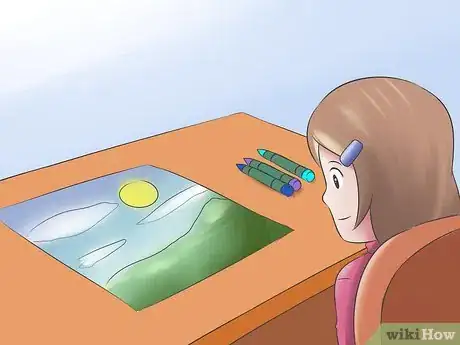

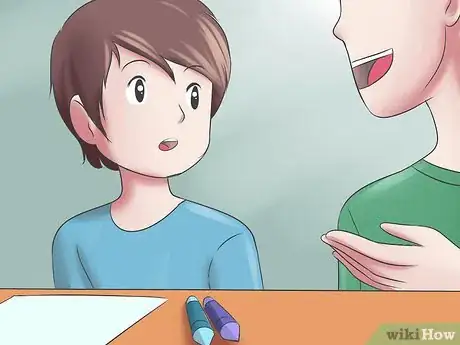


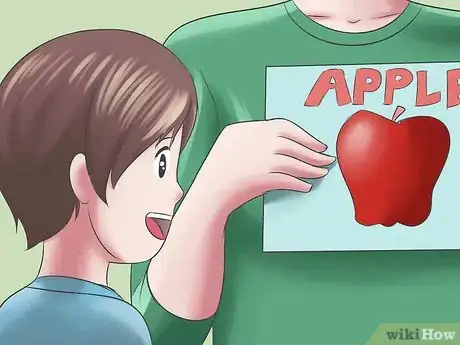
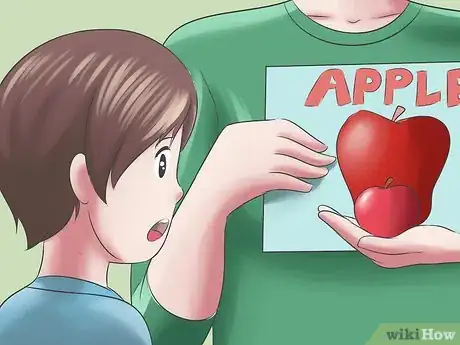


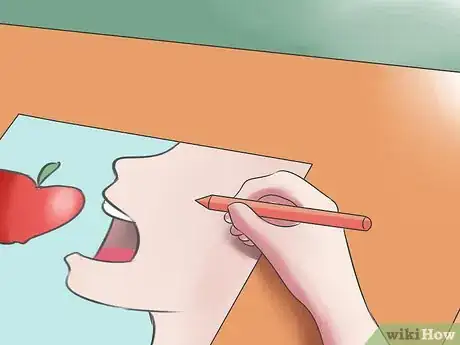
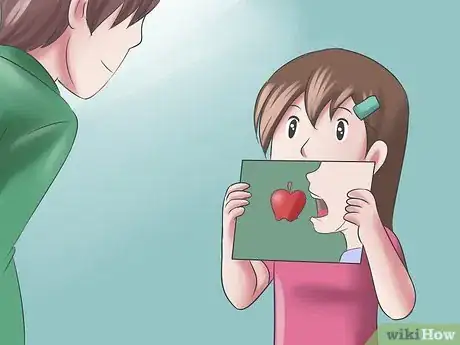
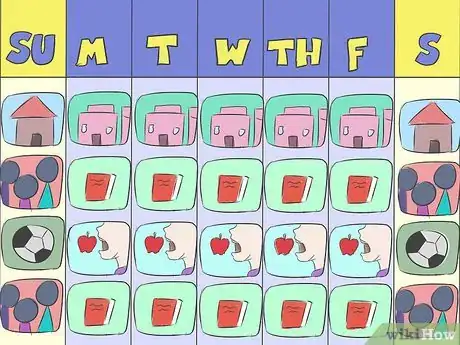
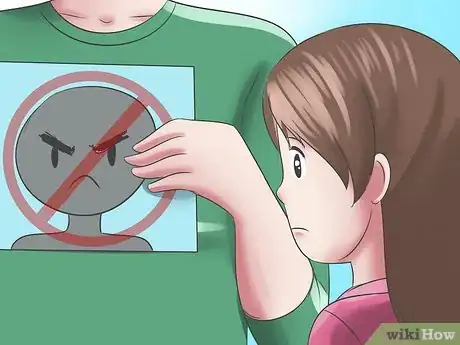
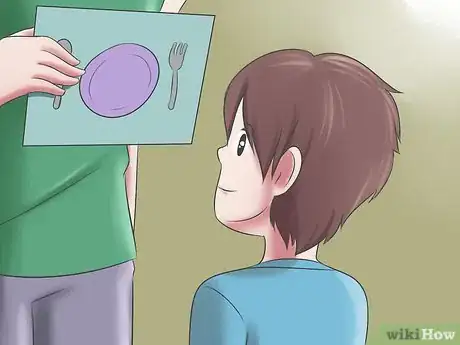
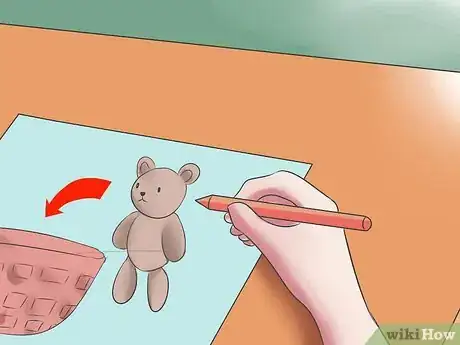
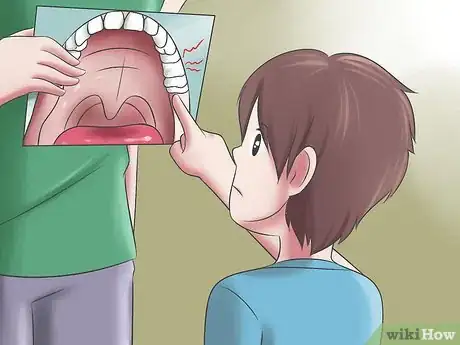
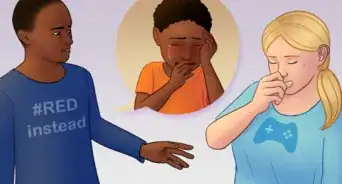

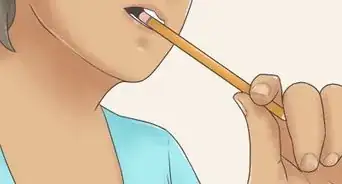
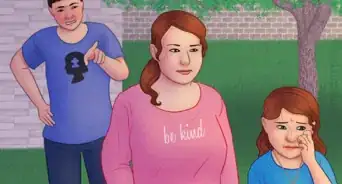

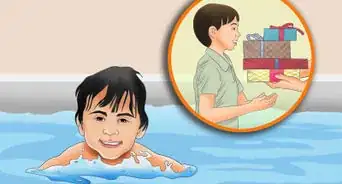
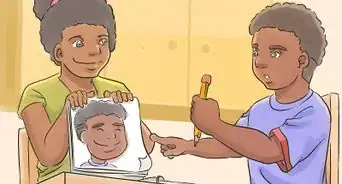
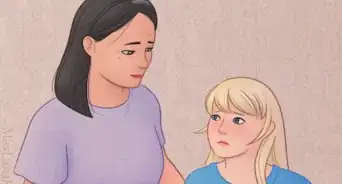


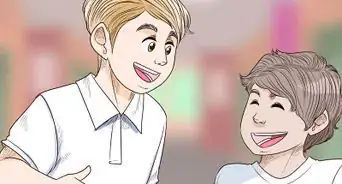


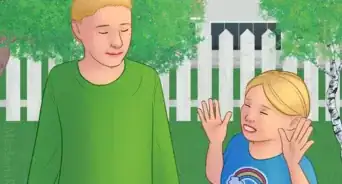







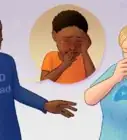

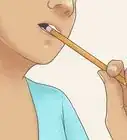
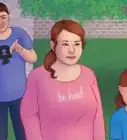



































Medical Disclaimer
The content of this article is not intended to be a substitute for professional medical advice, examination, diagnosis, or treatment. You should always contact your doctor or other qualified healthcare professional before starting, changing, or stopping any kind of health treatment.
Read More...